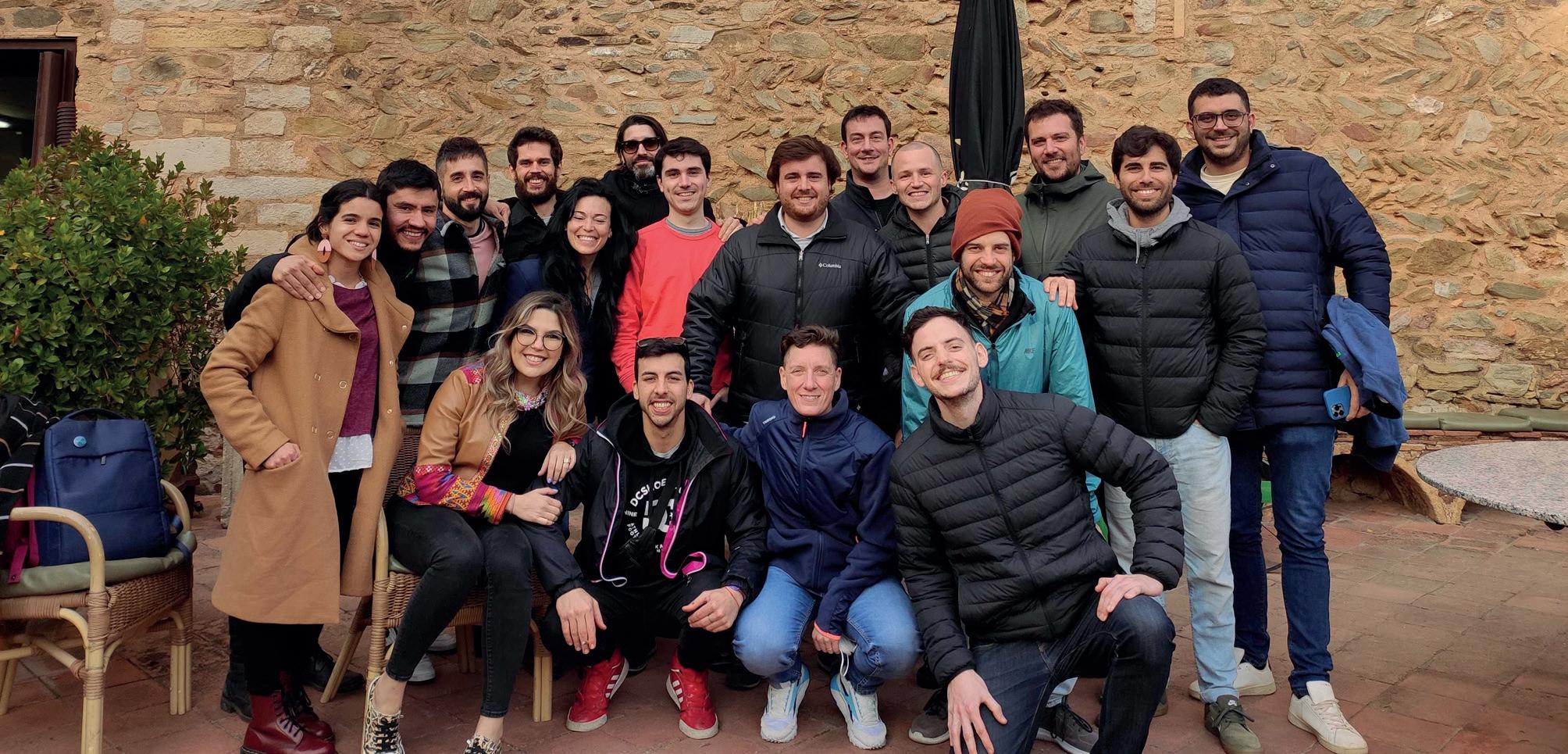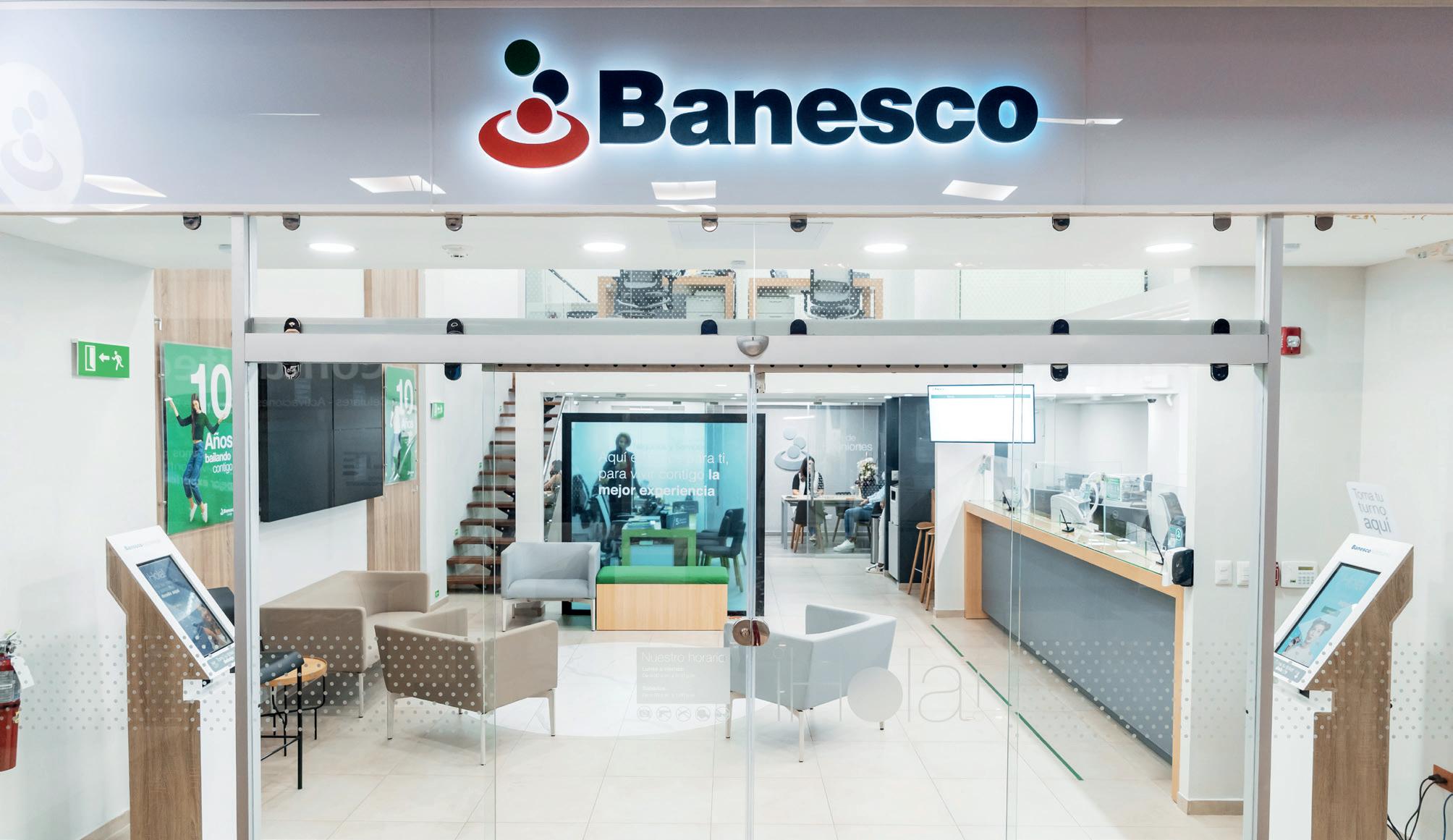www.panfirnance.net
G L O B A L B U S I N E S S D I G E S T & M A R K E T A N A LY S I S
investors is therefore crucial. To that end, we should establish a high-profile, open-source clearinghouse of previous sustainable projects, including those that have been successfully funded and those that failed. This would be similar to many existing financial-sector databases but freely available, with reputable third-party oversight to ensure accuracy. Third, the range of funding sources for sustainable projects needs to be expanded and made more transparent. Because sustainability investments may offer lower returns according to historic financial-market metrics, traditional asset-allocation practices, against the backdrop of “efficient markets,” would imply reduced attractiveness. But historic benchmarks do not sufficiently factor in the exploding field of impact investing, which embraces different return and time thresholds and now accounts for about $2.5 trillion of assets. Securitizing tranches of different kinds of impact investing
could prove to be a game changer for sustainability financing. It would thus make sense to create an opensource database of investor appetite – similar to the project database mentioned above – that is searchable by innovators and designers of new sustainable projects. This would make it easier to identify investors – equity, credit, or some hybrid – who might commit funding. The database could be housed in an organization such as the International Finance Corporation, the United Nations, or the Global Impact Investing Network. There are encouraging precedents. The green bond market started just over a decade ago, and total issuance already could reach $1 trillion this year. And a critical mass of the financial world attended the UN Climate Change Conference (COP26) in Glasgow last November. Under the leadership of UN Special Envoy
Mark Carney, the Glasgow Financial Alliance for Net Zero (GFANZ) has made $130 trillion in climate-finance commitments. In 1983, Muhammad Yunus founded Grameen Bank in order to provide banking services, and especially loans, to individuals (primarily women) previously considered to be “un-bankable.” By the time Yunus won the Nobel Peace Prize in 2006, “micro-lending” had become a global phenomenon, with traditional financial institutions involved in securitizing these loans. The financial revolution that Yunus started transformed retail lending, streamlined how such transactions are structured, and tapped a new source of scaled investment capital. To help address today’s existential sustainability challenges, capital markets and their major players need to be more innovative still and open the door to non-traditional, even disruptive, voices and ideas. PAGE 33







